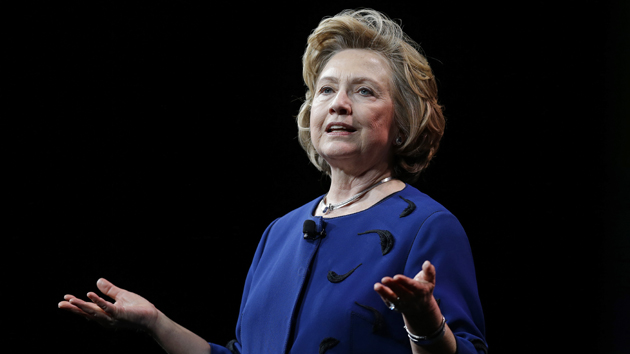
Last year, Americans spent $7.3 billion on cleaning products and $2.4 billion on soap. Antibacterial chemical sales are expected to reach $930 million in 2009.
In 1993, there were only a few dozen antibacterial consumer products. Today there are more than 9,000, with 2,753 new ones introduced in 2007.
The US market for hand sanitizers has grown 200% since 2002. Purell controls more than half of the $164 million industry.
In 2005, an fda advisory panel concluded that antibacterial soap is no better than regular soap for preventing infection.
In the face of vigorous soap industry lobbying, the fda has yet to rule on whether these products contribute to antibacterial resistance.
Purell’s Force Sanitizer Military Bottle is sold to GIs as “a fistful of protection in the war on germs.”
Triclosan, the active ingredient in many antimicrobial soaps, has been detected in women’s breast milk and 58% of US waterways.
In 2006, a Maryland prisoner was hospitalized for becoming “loony,” “red-eyed,” and “combative” after swigging from a gallon of 120-proof Purell.
Poison centers counted 9,600 kids under 6 who ingested ethanol-based hand sanitizer in 2006, a 24% increase over 2005.
Classy Kid hand sanitizer comes in 3 scents: Juicy Melon, Bubble Berry Bonanza, and Awesome Apple.
The Giant Microbes line of dolls includes stuffed versions of E. coli, hiv, Ebola, and plague.
Australian doctors have treated kids’ eczema by giving them “dirt pills” containing good bacteria.
A 2007 study found that adults who regularly use household cleaning sprays are 30-50% more likely to develop asthma.
A California biotech company sells hypoallergenic kittens. Starting price: $7,950.
1/3 of Americans say they should wash their hands more often.
Sean “Diddy” Combs requires concert promoters to provide him with 20 bars of soap (preferably antibacterial Lever 2000).
Star magazine claims that Gwyneth Paltrow brings her own hairbrush to salons and never uses public restrooms; the actress’ flack denies she’s a germaphobe.
The nephew of hair care mogul Vidal Sassoon has invented a gadget that sprays a doorknob with disinfectant every 15 minutes.
8% of Americans flush public toilets with their feet. 14% avoid them altogether.
Nearly all Americans claim they wash their hands after using public restrooms, but researchers have observed that 12% of women and 34% of men do not.
An analysis by a Pakistani economist finds that it is “inefficient” for men to put down the toilet seat. Yet he also concludes that being yelled at for not doing so is worse.
Charles “Dr. Germ” Gerba, America’s most widely cited public hygiene expert, gave his son the middle name Escherichia—the E in E. coli.
Last winter, a Rhode Island hotel’s “Germaphobe’s Dream” package included a microbe-killing ultraviolet wand and a copy of The Germ Freak’s Guide to Outwitting Colds and Flu.
In 2004, a Catholic diocese in New Jersey told churchgoers not to shake hands during flu season.
The Purity 400 Host Dispenser issues Communion wafers “never touched by a human hand.”
Double-dipping a chip transfers 10,000 bacteria to the dip.
Forget the “5-second rule”—food dropped on the floor can pick up salmonella bacteria in just a few seconds.
A dermatologist told the New York Times that dirty exercise mats may have caused an uptick in skin infections among women who do yoga and Pilates.
Pediatricians prescribe antibiotics to more than 50% of kids who complain of sore throats.
The Lancet reports that American doctors order antibiotics for 80% of patients with sinus infections—usually caused by the cold virus.
After the 2001 anthrax scare, 4% of Americans said they obtained prescription antibiotics.
Penicillin-resistant microbes first appeared in 1947, 4 years after the drug was released. The antibiotic was sold over the counter until the mid-1950s.
In 1974, 2% of staph infections were resistant to antibiotics; today, more than 60% are.
Methicillin-resistant Staphylococcus aureus (mrsa) infects nearly 95,000 Americans annually and kills more than 18,500.
85% of mrsa infections are linked to health care facilities.
Fewer than 50% of health care workers regularly wash their hands while on the job.
A sampling of New York doctors’ ties found staph on 1/3 of them.
Infectious Awareables sells silk ties with a staph design in gray, taupe, or burgundy for $39.95.
The Soap and Detergent Association claims 44% of people wash their hands after handling money.
Donald Trump says he didn’t run for president in 2000 because “I had to shake too many hands.”
New Mexico governor Bill Richardson, who holds a world record for handshaking (13,392 in 8 hours), never uses hand sanitizer: “You’re going to collect bacteria just by existing.”

















